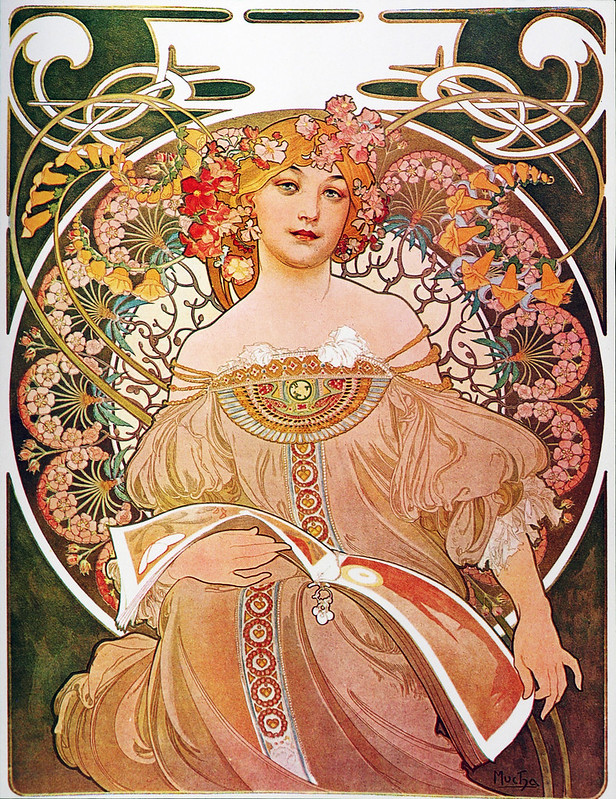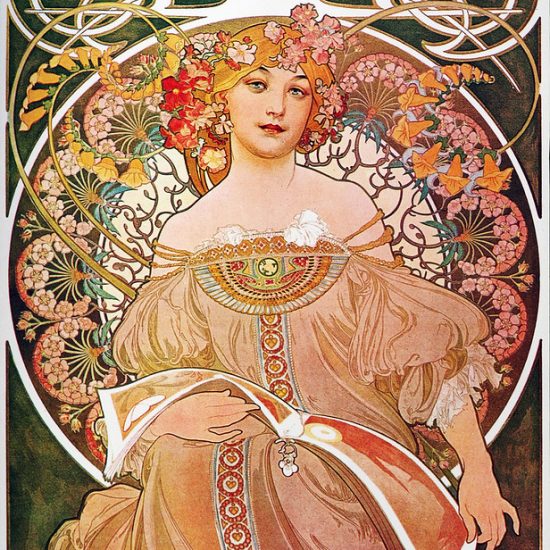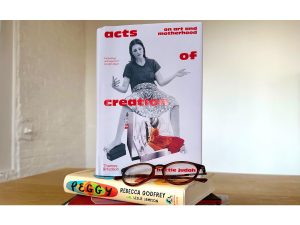Introduction to Art Nouveau in Central and Eastern Europe
Art Nouveau, a captivating artistic movement that flourished at the turn of the 20th century, found a unique and vibrant expression in Central and Eastern Europe. Known as Secession in Austria and Hungary, and as Młoda Polska (Young Poland) in Poland, this movement was characterized by its fluid lines, organic forms, and intricate details. It sought to break away from traditional academic art, embracing a more natural and expressive aesthetic.
In Central and Eastern Europe, Art Nouveau emerged as a response to the region’s cultural and political complexities. Artists and architects drew inspiration from nature, folklore, and national identities, creating a rich and diverse body of work. This article explores the key aspects of Art Nouveau in Central and Eastern Europe, highlighting its architectural wonders, notable artists, and enduring legacy in the cultural landscape.
The Architectural Splendor of Secession
Architecture played a pivotal role in the development of Art Nouveau in Central and Eastern Europe. The movement’s emphasis on organic forms and intricate details found remarkable expression in the works of prominent architects. In Vienna, the Secession Building, designed by Joseph Maria Olbrich, stands as an iconic representation of the movement. Its golden dome and decorative elements reflect the unity of art and architecture that defines Secession.
In Budapest, the works of Ödön Lechner, often referred to as the “Hungarian Gaudí,” showcased the unique interpretation of Art Nouveau. Lechner’s buildings, such as the Postal Savings Bank and the Museum of Applied Arts, feature colorful ceramics and motifs inspired by Hungarian folklore. These architectural achievements not only transformed the urban landscape but also set new standards for aesthetic and functional design.
The Influence of Vienna and Budapest
Vienna and Budapest were two key centers for the development of Art Nouveau in Central and Eastern Europe. Vienna, with its vibrant cultural scene and progressive spirit, became a hub for architects and designers who embraced the new style. The city’s Secessionist movement, led by artists such as Gustav Klimt and Otto Wagner, provided fertile ground for the flourishing of Art Nouveau. The Secessionist exhibition hall and the buildings designed by Wagner exemplify the elegance and innovation of the movement.

Gustav Klimt – The Kiss – Source: https://upload.wikimedia.org/wikipedia/commons/4/40/The_Kiss_-Gustav_Klimt-_Google_Cultural_Institute.jpg
Budapest, with its rich architectural heritage and forward-thinking attitude, also played a significant role in the Art Nouveau movement. The city’s blend of national traditions and modern influences resulted in a unique interpretation of the style. The buildings designed by Lechner and his contemporaries reflect a harmonious integration of Art Nouveau principles with Hungarian cultural elements. The influence of Vienna and Budapest extended beyond architecture to encompass various forms of visual art and design, contributing to a rich tapestry of artistic output.
Prominent Artists of Art Nouveau in Central and Eastern Europe
Art Nouveau in Central and Eastern Europe was not limited to architecture; it also found expression in the works of numerous painters, sculptors, and graphic artists. One of the most renowned artists of the movement was Alphonse Mucha, whose posters and illustrations became emblematic of Art Nouveau’s aesthetic. Mucha’s work, characterized by its flowing lines, intricate details, and harmonious color palettes, captured the essence of the movement’s emphasis on beauty and nature.
In Poland, the Młoda Polska movement saw artists like Stanisław Wyspiański and Józef Mehoffer creating works that blended Art Nouveau principles with Polish cultural themes. Wyspiański’s stained glass windows and theatrical designs, as well as Mehoffer’s murals and illustrations, reflect a deep appreciation for both natural forms and national identity. These artists played a crucial role in defining the visual language of Art Nouveau in Central and Eastern Europe.
Decorative Arts and Design
The decorative arts played a crucial role in the Art Nouveau movement in Central and Eastern Europe, with artisans producing stunning furniture, glassware, and ceramics. The workshops of the Wiener Werkstätte in Vienna, founded by Josef Hoffmann and Koloman Moser, became renowned for their innovative designs and high-quality craftsmanship. The furniture and decorative objects produced during this period, characterized by their curvilinear forms and intricate inlays, exemplified the movement’s commitment to beauty and functionality.
Glassware and ceramics also saw significant developments under the influence of Art Nouveau. Artists such as Émile Gallé and the Loetz glassworks in Bohemia created pieces that featured flowing lines and organic motifs. These items not only enhanced the aesthetic appeal of everyday objects but also brought the spirit of Art Nouveau into the homes of ordinary people. The emphasis on craftsmanship and artistic integrity in these decorative arts continues to be celebrated today.
The Role of Graphic Arts and Posters
Graphic arts and posters were vital mediums for the dissemination of Art Nouveau aesthetics in Central and Eastern Europe. Artists like Alphonse Mucha and Jan Toorop revolutionized poster design with their innovative approaches. Mucha’s posters, often depicting ethereal female figures surrounded by floral and botanical motifs, became iconic representations of the movement. His work for clients such as Sarah Bernhardt and various commercial brands elevated the status of posters from mere advertisements to works of art.
Jan Toorop, known for his striking illustrations and posters, also played a significant role in popularizing Art Nouveau through his work for various cultural events and publications. Toorop’s designs, characterized by their elegance and sophistication, helped establish the visual identity of Art Nouveau in Central and Eastern Europe. The widespread visibility of these posters contributed to the broader public’s appreciation and recognition of the movement.

Alphonse Mucha – Daydream, 1896 – Source: https://flic.kr/p/8bf3re
The Impact on Everyday Life
Art Nouveau’s influence permeated everyday life in Central and Eastern Europe, extending beyond the realms of high art and architecture. The movement’s principles were applied to a wide range of everyday objects, from household items to fashion. Designers created textiles, wallpaper, and ceramics that featured the characteristic flowing lines and natural motifs of Art Nouveau. These items brought the beauty and elegance of the movement into the homes of ordinary people.
In the realm of fashion, designers embraced the fluid forms and organic patterns of Art Nouveau. Their innovative designs broke away from the rigid silhouettes of the past, offering women more freedom of movement and expression. The influence of Art Nouveau on fashion not only transformed clothing styles but also reflected broader cultural shifts towards modernity and individuality.
Conclusion – Art Nouveau Europe
Art Nouveau in Central and Eastern Europe, with its emphasis on beauty, nature, and innovation, represents a golden age of artistic expression. From the architectural masterpieces of Joseph Maria Olbrich and Ödön Lechner to the exquisite glasswork of Émile Gallé and the iconic posters of Alphonse Mucha, the movement left an enduring legacy in the cultural landscape of the region. The principles of Art Nouveau, with their focus on harmony and fluidity, continue to inspire artists and designers today, serving as a testament to the timeless appeal of this remarkable period in art history.




